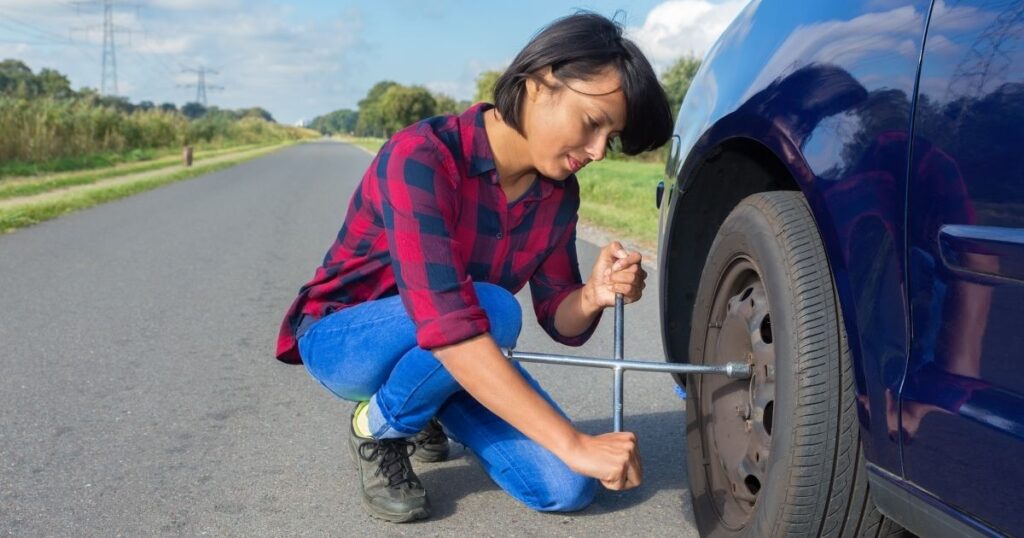
Experiencing a sudden blow-out or emergency situation on an Interstate can be extremely stressful and dangerous, especially when you have to stop close to the main-traveled portion of the roadway. Here are some essential steps to take and considerations to keep in mind to ensure your safety and the safety of others in such a scenario:
1. Safety First: Pull Over Carefully
- Gradual Deceleration: When you experience a blow-out or emergency, avoid sudden braking. Gradually reduce your speed while maintaining control of the vehicle.
- Find a Safe Spot: Aim to pull over to the shoulder or an emergency lane. If obstacles or curbs limit your options, try to get as far from the traffic lanes as possible.
2. Use Emergency Signals
- Hazard Lights: Turn on your hazard lights immediately to alert other drivers that you are in distress.
- Warning Devices: If you have reflective triangles or flares, place them at intervals behind your vehicle to provide advanced warning to oncoming traffic.
3. Exit Safely
- Passenger Side Exit: If possible, exit your vehicle from the passenger side to avoid stepping into traffic.
- Stay Visible: Wear a reflective vest if you have one, and make sure you and any passengers are visible to other drivers.
4. Changing a Tire or Handling Repairs
- Stay Alert: Be aware of your surroundings and keep a lookout for oncoming traffic.
- Minimize Exposure: Keep your body as far from the traffic lane as possible. Avoid extending limbs into the roadway.
5. Calling for Help
- Professional Assistance: If the situation is too dangerous to handle on your own, call for roadside assistance or emergency services.
6. Driver Responsibility: Give Way to Stopped Vehicles
- Move Over Law: In many places, it’s the law to move over or slow down for stopped emergency vehicles, tow trucks, and any vehicle displaying hazard lights. Abide by these laws to enhance safety for everyone.
- Plan Ahead: Look at least 15 seconds down the road to spot hazards early. This gives you time to adjust your speed and change lanes safely.
- Merge Early: If you see a vehicle on the side of the road ahead, merge left early if it’s safe to do so. If merging isn’t possible, slow down and pass with caution, giving as much space as you can.
7. Stay Courteous and Aware
- Create a Safety Cushion: Always try to provide a wide berth for any vehicle or person on the roadside. Even if you can’t change lanes completely, moving to the far left of your lane can make a significant difference.
- Be Aware of Surroundings: Some drivers might be oblivious to the danger they pose to stopped vehicles. Always be vigilant and mindful of your driving environment to help keep the roads safe for everyone.
Conclusion
Your proactive behavior can make a significant difference in ensuring the safety of others stranded on the roadside. Whether it’s moving over, slowing down, or giving a wide berth, your actions contribute to a safer driving environment. Always stay aware, be courteous, and remember that a few simple precautions can save lives.
